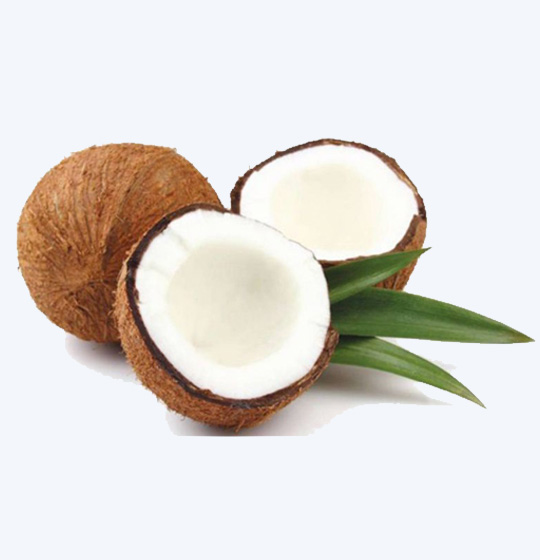Indonesia, known for its lush tropical landscapes and diverse agriculture, is the world’s largest coconut producer. With over 3.4 million hectares of coconut plantations, the nation has established itself as a global hub for coconut cultivation and processing. This article delves into the nuances of coconut production in Indonesia, exploring its history, economic impact, production processes, and challenges.
Historical Significance of Coconuts in Indonesia
Coconuts have been an integral part of Indonesia’s agriculture for centuries. The country’s geographical location, with its warm climate and abundant rainfall, provides ideal conditions for coconut cultivation. Historically, coconuts were not only a source of nutrition but also played a role in cultural rituals and traditional medicine. This rich heritage continues to influence the role of coconuts in Indonesian society.
The Economic Impact of Coconut Production
Coconuts contribute significantly to Indonesia’s agricultural GDP. According to recent data, Indonesia produces over 18 million metric tons of coconuts annually, accounting for approximately 30% of global production. The industry supports millions of smallholder farmers, providing a vital source of income for rural communities. Furthermore, Indonesia’s coconut products, such as copra, coconut oil, and desiccated coconut, are highly sought after in international markets, particularly in Europe, the Middle East, and the United States.
The Process of Coconut Production
Coconut production in Indonesia encompasses various stages, from cultivation to processing. Here’s a closer look at each step:
- Cultivation and Harvesting: Coconut trees are typically grown in coastal regions and fertile lowlands. Farmers plant drought-resistant varieties to ensure sustainable yields. Harvesting occurs every 45-60 days, with skilled workers climbing trees to collect the mature coconuts.
- Post-Harvest Processing: After harvesting, coconuts are processed into a range of products. The meat is extracted to produce coconut oil and desiccated coconut, while the shell and husk are used for charcoal, coir, and other by-products. Modern processing facilities ensure quality and efficiency in meeting global standards.
- Export and Distribution: Indonesia exports a significant portion of its coconut products, including raw coconuts, processed items, and derivatives like virgin coconut oil. Strategic trade partnerships and adherence to international regulations play a crucial role in market expansion.
Challenges in the Coconut Industry

Despite its prominence, the coconut industry in Indonesia faces several challenges. These include:
- Aging Plantations: Many coconut plantations have aging trees with declining productivity, necessitating replanting programs.
- Climate Change: Erratic weather patterns, such as prolonged droughts and heavy rains, affect coconut yields.
- Market Competition: Competing with other major coconut producers, like the Philippines and India, requires continuous innovation and quality improvement.
- Supply Chain Issues: Limited infrastructure in remote regions can hinder efficient transportation and export processes.
Future Prospects and Sustainability
The future of coconut production in Indonesia lies in sustainability and innovation. Initiatives to rejuvenate plantations with high-yield varieties, adopt eco-friendly farming practices, and invest in advanced processing technologies are essential. Moreover, government support in the form of subsidies, research funding, and market access programs can further strengthen the industry’s competitiveness.
Additionally, global demand for organic and sustainably sourced coconut products presents a unique opportunity for Indonesian producers. By capitalizing on this trend, Indonesia can maintain its leadership position in the global coconut market.
Coconut production is more than just an agricultural activity in Indonesia—it is a way of life for millions of farmers and a cornerstone of the country’s economy. While challenges persist, the industry’s resilience and potential for growth are undeniable. With strategic planning and sustainable practices, Indonesia’s coconut sector is poised to thrive in the years to come, securing its place as a global leader.
